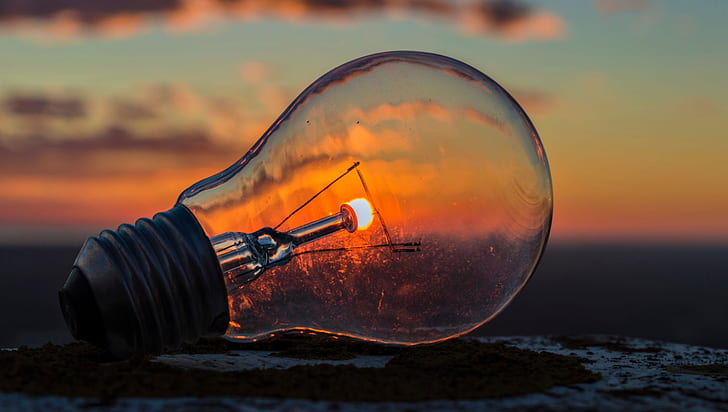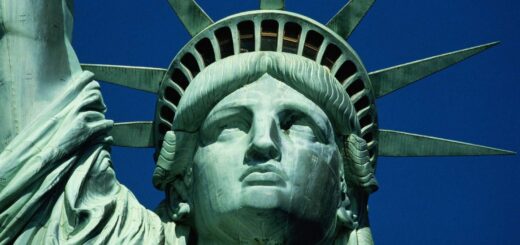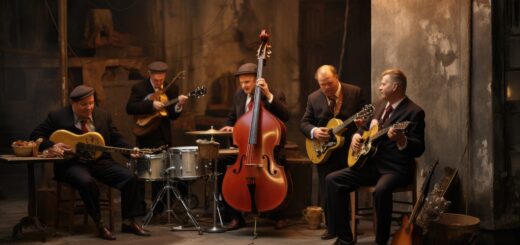You Knows, When Was The Light Bulb Invented?

On January 27, 1880, Thomas Edison received the historic patent embodying the principles of his incandescent lamp that paved the way for the universal domestic use of electric light

The Patent Office granted Thomas Edison a patent for his “electric lamp.” Edison’s patent was an improvement on electric lamps, not the invention of them; but because of Edison’s design changes and the materials he used such as a carbon filament his patent allowed for an electric lamp that was reliable, safe, and practical.
Edison propelled the United States out of the gaslight era and into the electric age. From the time he was a boy, he was mesmerized by the mechanics of the universe and, with virtually no formal education, brought forth innovations that continue to dominate our lives. Out of his New Jersey laboratories, which were themselves inventions – thoroughly equipped and fully staffed came 1,093 patented inventions and innovations that made Edison one of the most prolific inventors of all time.
Three of his most famous inventions, the phonograph, a practical incandescent light bulb, and the moving picture camera, dazzled the public and revolutionized the way people live throughout the world. His thundering dynamos transformed the United States into the world’s greatest industrial superpower.
In 1878, the creation of a practical long-burning electric light had eluded scientists for decades. With dreams of lighting up entire cites, Edison lined up financial backing, assembled a group of brilliant scientists and technicians, and applied his genius to the challenge of creating an effective and affordable electric lamp. With unflagging determination, Edison and his team tried out thousands of theories, convinced that every failure brought them one step closer to success.
On January 27, 1880, Edison received the historic patent embodying the principles of his incandescent lamp that paved the way for the universal domestic use of electric light. The patent number for his electric lamp is 223,898.
Notable Dates
1906 – The General Electric Company were the first to patent a method of making tungsten filaments for use in incandescent lightbulbs. Edison himself had known tungsten would eventually prove to be the best choice for filaments in incandescent light bulbs, but in his day, the machinery needed to produce the wire in such a fine form was not available.
1910 – William David Coolidge of General Electric improved the process of manufacture to make the longest lasting tungsten filaments.
1920s – The first frosted lightbulb is produced and adjustable power beam bulbs for car headlamps, and neon lighting.
1930s – The thirties saw the invention of little one-time flashbulbs for photography, and the fluorescent tanning lamp.
1940s – The first ’soft light’ incandescent bulbs.
1950s – Quartz glass and halogen light bulb are produced
1980s – New low wattage metal halides are created
1990s – Long life bulbs and Compact Fluorescent bulbs make their debut.
1906 – The General Electric Company were the first to patent a method of making tungsten filaments for use in incandescent lightbulbs. Edison himself had known tungsten would eventually prove to be the best choice for filaments in incandescent light bulbs, but in his day, the machinery needed to produce the wire in such a fine form was not available.
1910 – William David Coolidge of General Electric improved the process of manufacture to make the longest lasting tungsten filaments.
1920s – The first frosted lightbulb is produced and adjustable power beam bulbs for car headlamps, and neon lighting.
1930s – The thirties saw the invention of little one-time flashbulbs for photography, and the fluorescent tanning lamp.
1940s – The first ’soft light’ incandescent bulbs.
1950s – Quartz glass and halogen light bulb are produced
1980s – New low wattage metal halides are created
1990s – Long life bulbs and Compact Fluorescent bulbs make their debut.








